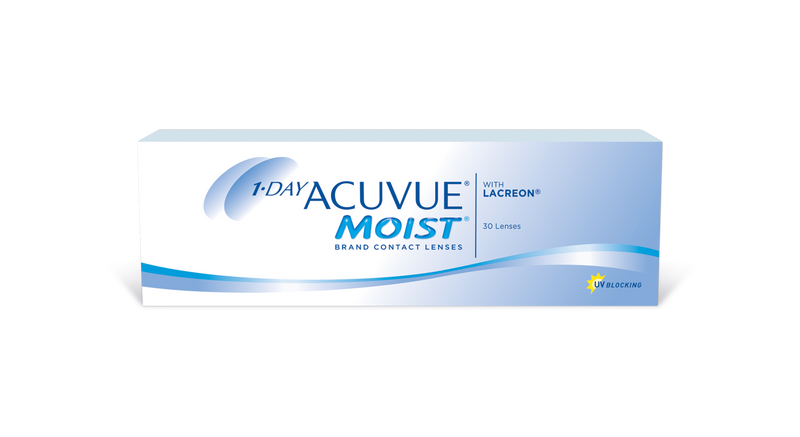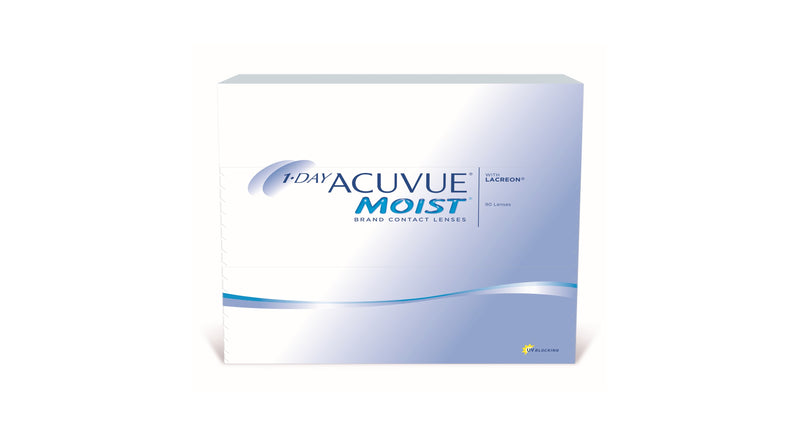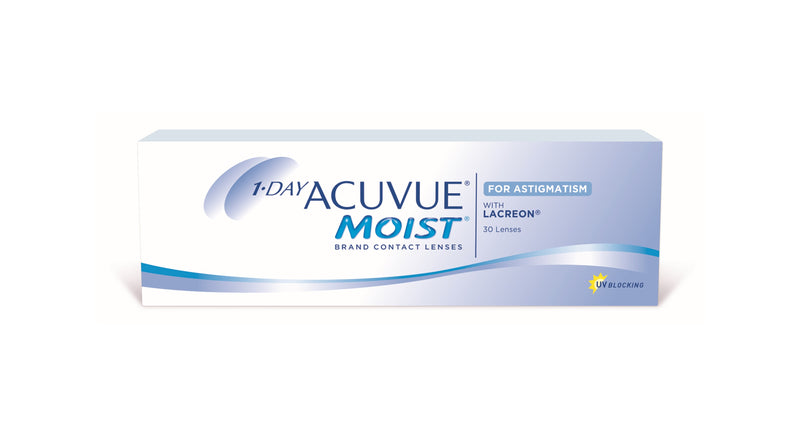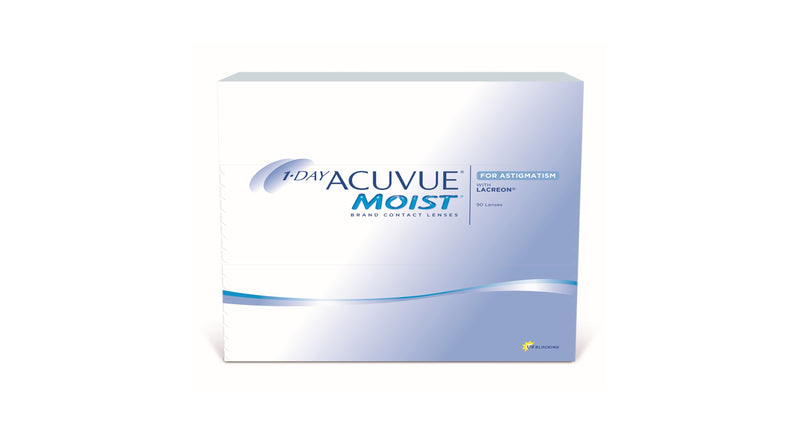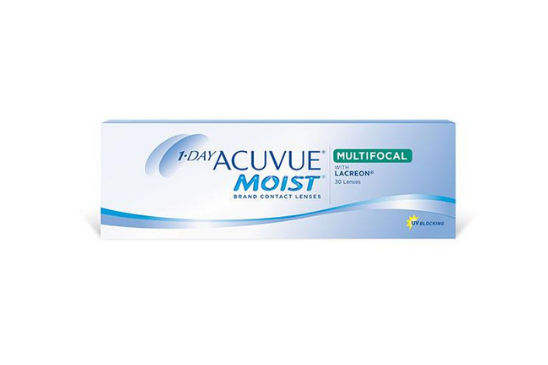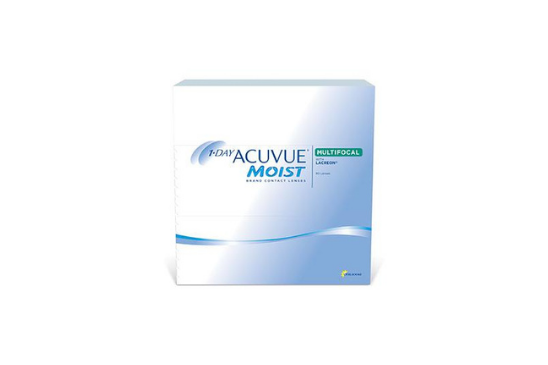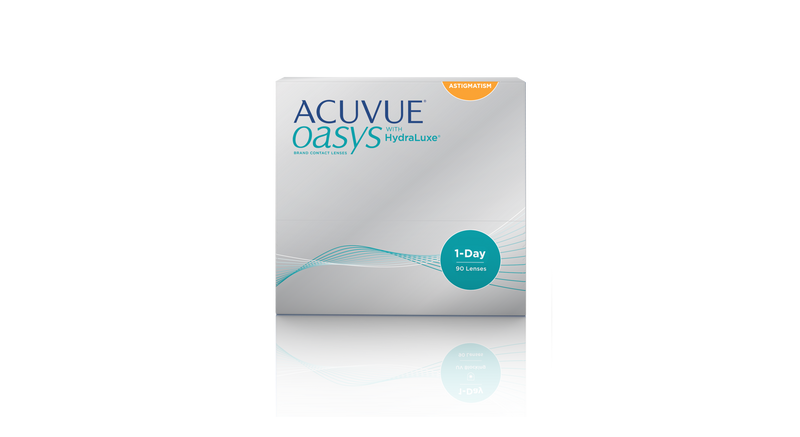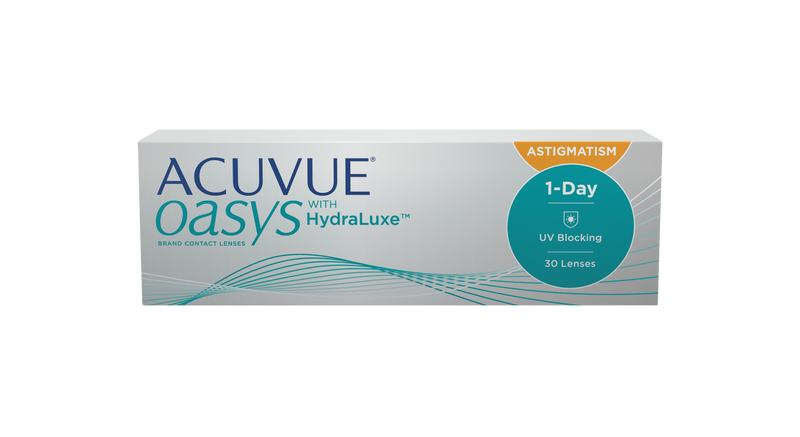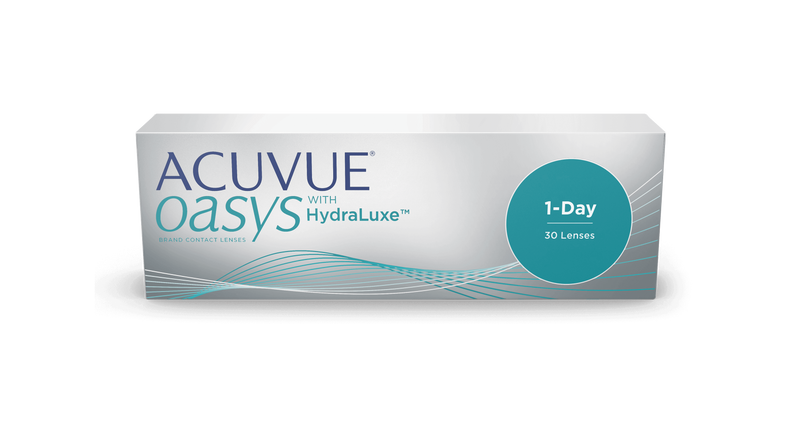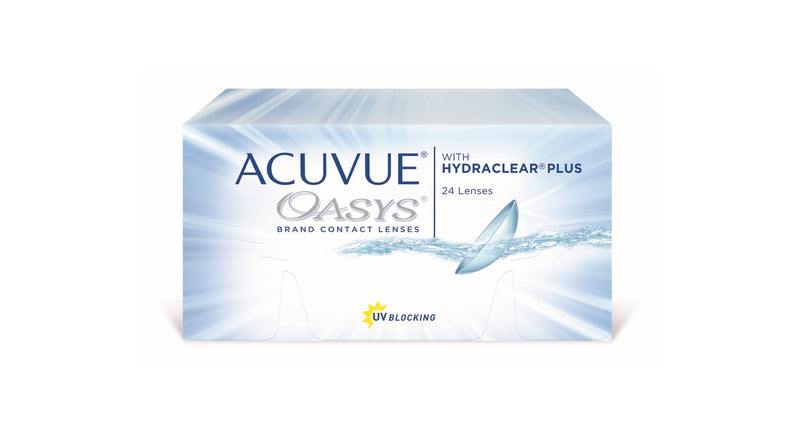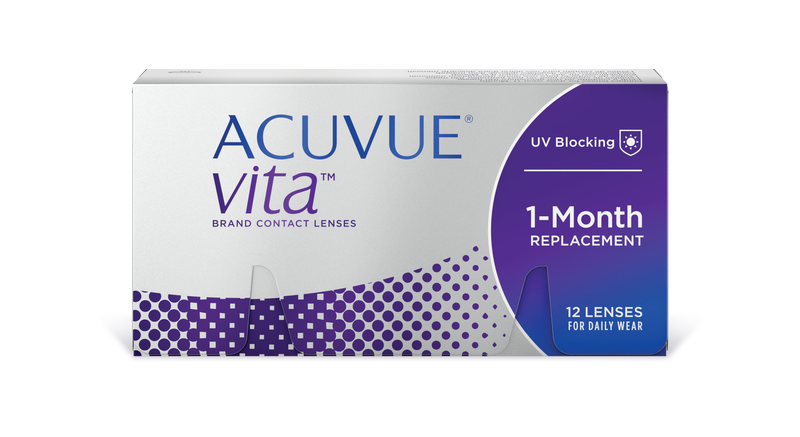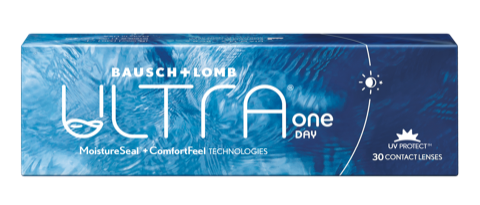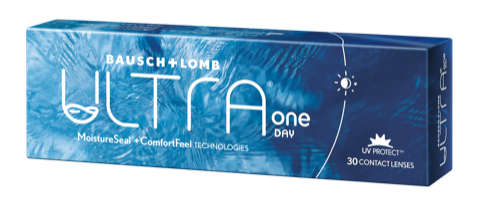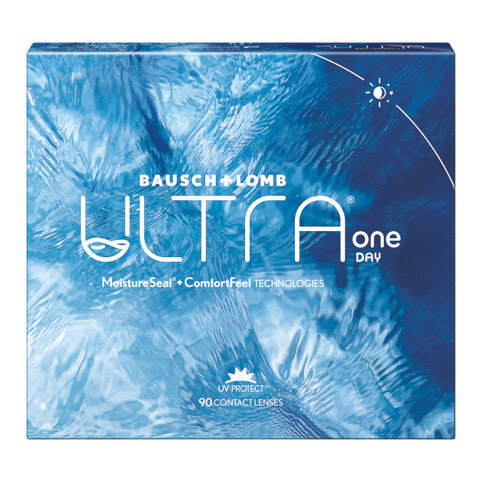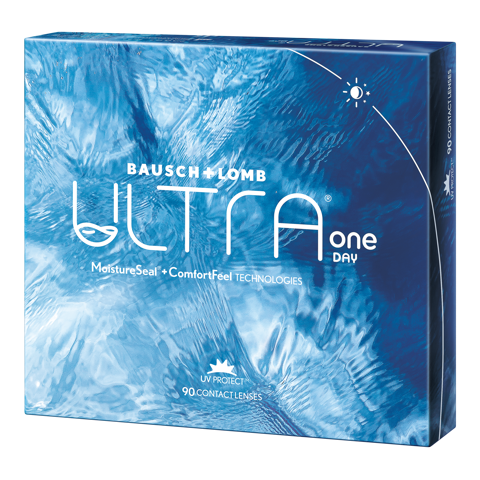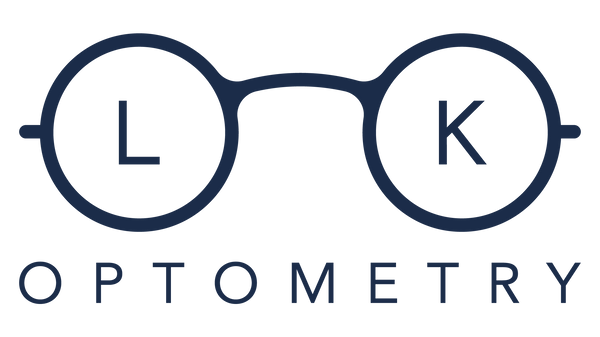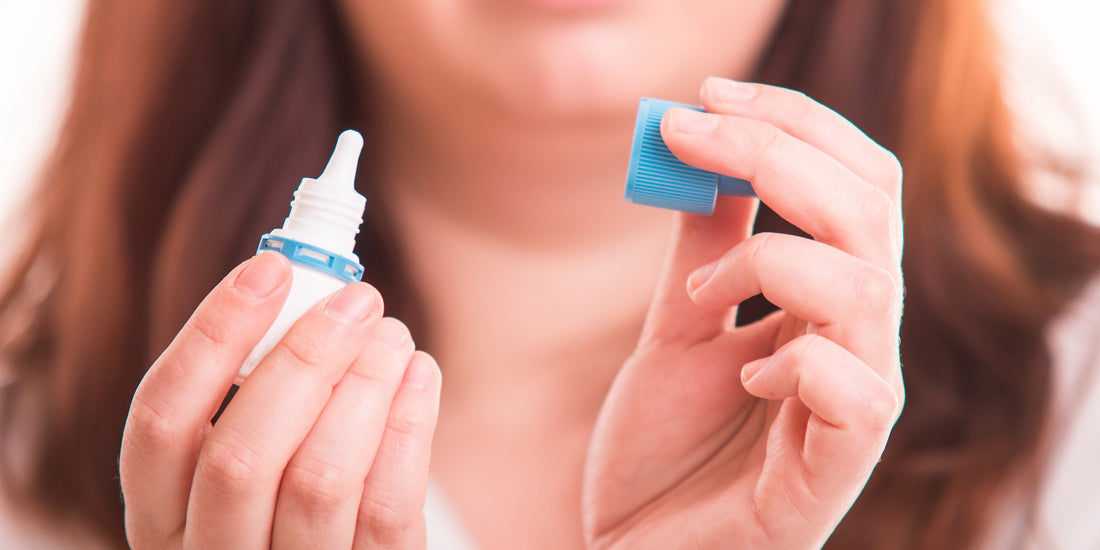
Choosing the Right Eye Drops for Dry Eye Relief: A Comprehensive Guide
Share
In the bustling communities of Surrey, BC, Look Optometry recognizes the significant impact that dry eye syndrome can have on individuals, affecting their daily comfort and overall eye health. This condition, characterized by insufficient lubrication on the eye's surface, can lead to irritation, redness, and blurred vision, among other symptoms. With the vast array of eye drops available on the market, selecting the right one for dry eye relief can be overwhelming. The choice of eye drops is crucial as it directly influences the effectiveness of treatment and the relief of symptoms. Factors such as the underlying cause of dry eye, the severity of symptoms, and individual sensitivities play a significant role in determining the most suitable eye drop formulation.
This comprehensive guide aims to demystify the process of choosing the right eye drops for dry eye relief. It draws upon insights from recent advancements in eye care and expert recommendations. Whether your dry eye is caused by environmental factors, prolonged screen time, or underlying health conditions, understanding the different types of eye drops available and how they work can empower you to make informed decisions. From over-the-counter options to prescription solutions, this guide will navigate the complexities of eye drop selection, ensuring that you are equipped with the knowledge needed to enhance your eye comfort and health.
Understanding Dry Eye Syndrome
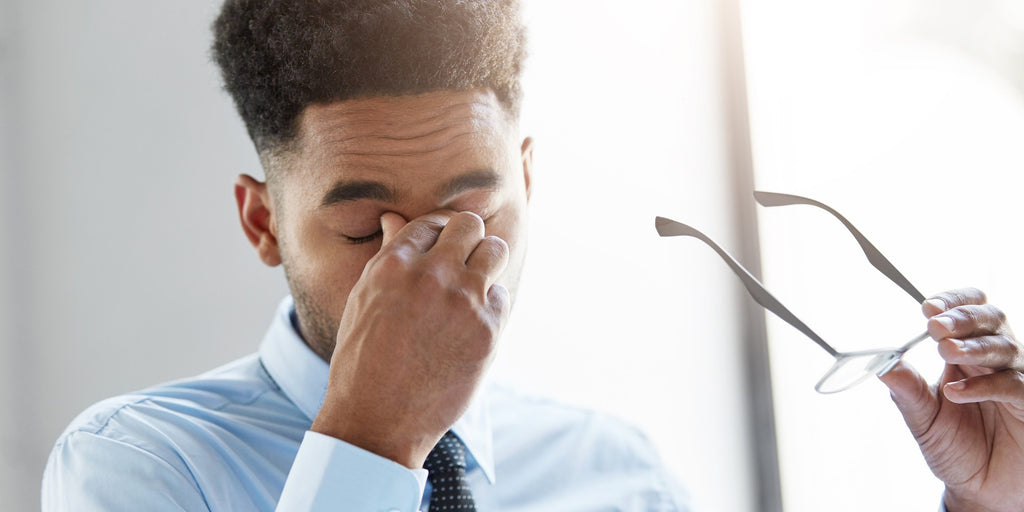
Dry eye syndrome, a prevalent condition affecting millions worldwide, occurs when the eyes don't produce enough tears or when the tears evaporate too quickly. This imbalance in the tear film can lead to discomfort, visual disturbances, and, if left untreated, potentially more serious eye health issues. The tear film itself is a complex, three-layered structure, essential for maintaining eye health, providing clear vision, and protecting the ocular surface from environmental damage.
The Science Behind Dry Eye
The tear film comprises three main layers, each contributing to eye health and comfort:
- The Lipid Layer: This outermost layer, produced by the meibomian glands, prevents tear evaporation.
- The Aqueous Layer: The middle and largest layer, produced by the lacrimal glands, nourishes the cornea and washes away particles and irritants.
- The Mucin Layer: The innermost layer spreads the aqueous layer evenly over the surface of the eye and helps anchor the tear film to the cornea.
Disruption in any of these layers can lead to dry eye symptoms, ranging from mild irritation to significant discomfort and blurred vision.
Causes and Symptoms
Dry eye can result from various factors, including age, medication side effects, autoimmune diseases, and environmental conditions like dry air or wind.
Common symptoms include:
- Persistent dryness
- Irritation and redness
- A feeling of something in the eyes
- Blurred vision
- Sensitivity to light
Understanding the specific cause and nature of your dry eye is crucial in selecting the right eye drops. For instance, if your dry eye is primarily due to tear evaporation (evaporative dry eye), drops that supplement the lipid layer may be more beneficial. Conversely, if your condition results from inadequate tear production (aqueous deficient dry eye), you might need drops that mimic the aqueous layer's composition.
Diagnosing Dry Eye
A comprehensive eye examination by an eye care professional is essential for diagnosing dry eye syndrome. Advanced diagnostic tools can assess the tear film's quality, the rate of tear evaporation, and the health of the meibomian glands. This diagnostic process helps tailor treatment to the individual's specific condition, ensuring a more effective management strategy.
In the next section, we'll explore the various types of eye drops available for dry eye relief, offering insights into how to choose the best option based on your unique symptoms and diagnosis.
Types of Eye Drops for Dry Eye Relief
When addressing dry eye syndrome, it's important to understand the different types of eye drops available, as each is designed to tackle specific aspects of the condition. Here's a breakdown of the main categories, helping you navigate your options for optimal relief.
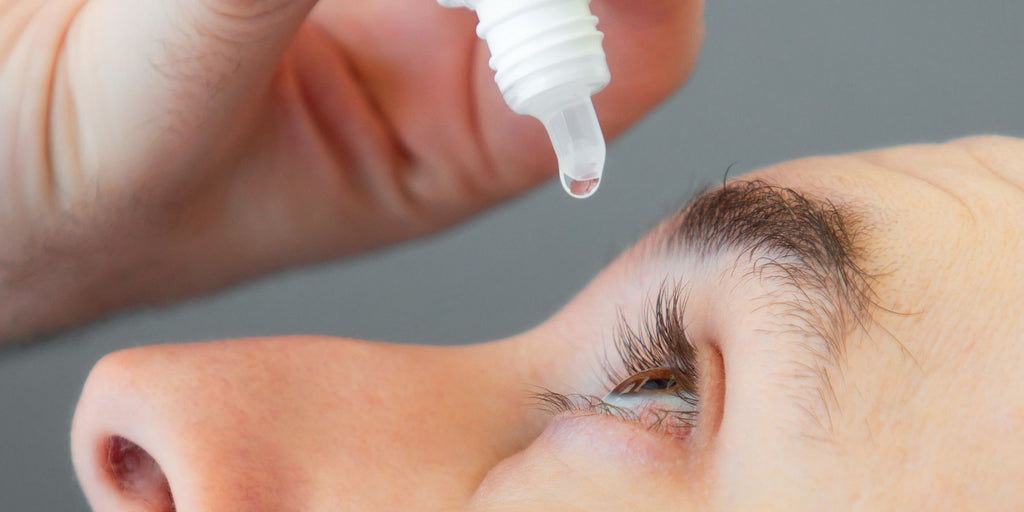
Over-the-Counter (OTC) Eye Drops
Artificial Tears
These are the most common type of eye drops for mild dry eye symptoms. They provide immediate relief by supplementing your natural tear production. Artificial tears come in various formulations, some designed to enhance the aqueous layer and others to reinforce the lipid layer to reduce evaporation.
Preservative-Free Drops
Ideal for individuals who use eye drops frequently or have sensitive eyes. Preservatives in eye drops can irritate the eyes, especially with long-term use. Preservative-free options come in single-use vials, minimizing the risk of irritation.
Gel Drops
Thicker than artificial tears, gel drops provide longer-lasting relief but can cause temporary blurred vision. They're often recommended for nighttime use to provide moisture and protection while you sleep.
Prescription Eye Drops
Anti-Inflammatory Drops
These drops, including cyclosporine (Restasis) and lifitegrast (Xiidra), target inflammation that contributes to dry eye symptoms. They can help increase tear production and improve the health of the ocular surface over time.
Corticosteroid Drops
Used for short-term relief in moderate to severe cases, these drops effectively reduce inflammation. However, due to potential side effects, they're usually not recommended for long-term use without close supervision by an eye care professional.
Autologous Serum Drops
Custom-made from a patient's own blood, these drops are rich in nutrients and growth factors that can heal the eye's surface. They're typically used for severe cases that don't respond to other treatments.
Specialized Eye Drops
- Lipid-Based Drops: Specifically designed to address the evaporative form of dry eye by replenishing the tear film's lipid layer, reducing tear evaporation.
- Electrolyte-Enhanced Drops: These aim to improve the health of the corneal surface and promote healing by mimicking the natural composition of tears more closely.
Choosing the Right Eye Drops
Selecting the right eye drops involves understanding the specific cause and symptoms of your dry eye, as well as any sensitivities or preferences you might have.
Here are some considerations:
Severity and Type of Dry Eye
The choice between OTC and prescription drops largely depends on the severity of your symptoms and whether your dry eye is mainly evaporative or aqueous deficient.
Frequency of Use: If you need to use eye drops more than four times a day, preservative-free options might be better to avoid irritation.
Lifestyle and Comfort: Gel drops might be suitable for overnight use, while lighter artificial tears could be preferable during the day for minimal visual disturbance.
Underlying Causes: For dry eye related to inflammation, anti-inflammatory prescription drops might offer the best relief.
Consulting with an eye care professional is crucial to determine the most appropriate type of eye drops for your situation. They can provide a tailored recommendation based on a comprehensive evaluation of your dry eye syndrome.
In the following section, we'll discuss how to use eye drops effectively and explore additional treatments and lifestyle modifications that can complement the use of eye drops for dry eye relief.
Maximizing Dry Eye Relief: Application Tips and Complementary Strategies
Effectively managing dry eye syndrome extends beyond simply choosing the right eye drops. Proper application techniques, coupled with lifestyle adjustments and complementary treatments, can significantly enhance your comfort and eye health. Here's how you can maximize the benefits of eye drops and support overall dry eye relief.

Tips for Eye Drop Application
- Wash Your Hands: Ensure your hands are clean before applying eye drops to avoid introducing bacteria into your eyes.
- Avoid Touching the Dropper Tip: Keep the dropper tip sterile by avoiding contact with your eyes, eyelids, or fingers.
- Tilt Your Head Back: Look up and gently pull down the lower eyelid to create a small pocket where the drop can be placed.
- Apply the Drop: While looking up, squeeze the dropper gently to release a drop into the pocket without blinking or closing the eye immediately afterward.
- Close Your Eyes Gently: Close your eyes for a minute or two to allow the drop to spread evenly across the surface of the eye. Avoid blinking excessively.
- Wait Between Different Drops: If you're using more than one type of eye drop, wait about 5 minutes between applications to ensure each drop has time to be absorbed.
Lifestyle Adjustments for Dry Eye Relief
- Stay Hydrated: Drinking plenty of water helps maintain overall hydration, including the hydration of your eyes.
- Modify Your Environment: Use a humidifier in dry environments to add moisture to the air, reducing tear evaporation.
- Take Screen Breaks: Follow the 20-20-20 rule when using digital devices — every 20 minutes, look at something 20 feet away for at least 20 seconds.
- Dietary Changes: Incorporate foods rich in omega-3 fatty acids, such as fish, flaxseeds, and walnuts, which can help improve dry eye symptoms.
Complementary Treatments
- Warm Compresses: Regular use of warm compresses can help unclog meibomian glands, improving the quality of oils in the tears and reducing evaporation.
- Eyelid Hygiene: Gently cleaning your eyelids with baby shampoo or eyelid wipes can remove debris and reduce inflammation, contributing to dry eye relief.
- Omega-3 Supplements: If your diet is lacking in omega-3 fatty acids, supplements may help reduce dry eye symptoms by improving the tear film.
- Punctal Plugs: In cases where tear evaporation is rapid, your eye care professional might suggest punctal plugs to block tear ducts temporarily or permanently, helping retain moisture on the eye's surface.
When to Consult an Eye Care Professional
While these strategies can offer significant relief, it's crucial to consult with an eye care professional if your symptoms persist or worsen. They can provide a comprehensive assessment, suggest advanced treatments, and adjust your management plan as needed to ensure optimal eye health and comfort.
By combining the right eye drops with effective application techniques, lifestyle adjustments, and complementary treatments, you can achieve greater control over your dry eye symptoms, improving your quality of life and maintaining the health of your eyes.
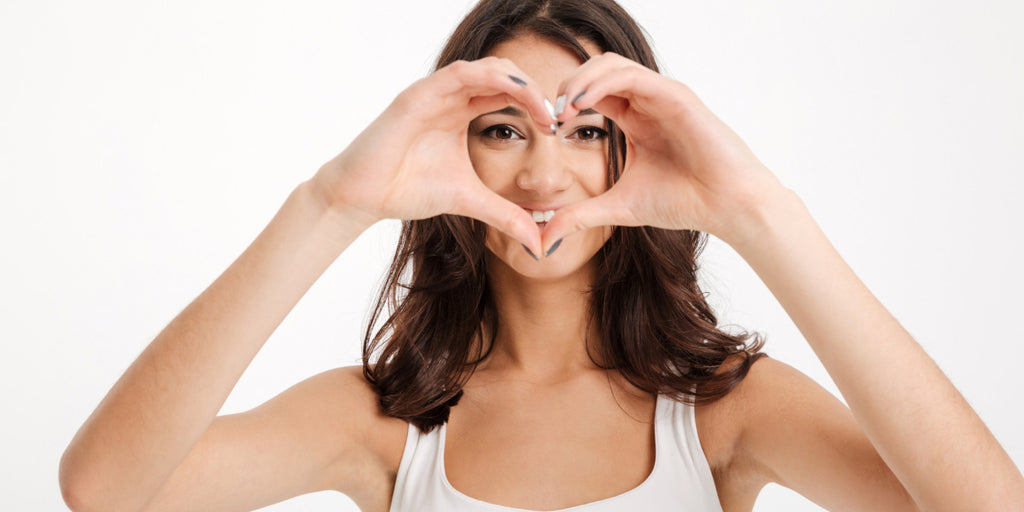
Conclusion
In conclusion, navigating the complexities of dry eye syndrome requires a thoughtful approach to selecting the right eye drops, implementing effective application techniques, and making lifestyle adjustments that support eye health. At Look Optometry, with locations in Newton and Guilford, Surrey, BC, we're dedicated to providing our community with the resources and expertise needed to manage dry eye effectively. Our commitment to personalized care ensures that each patient receives the most appropriate treatment recommendations tailored to their unique needs.
Remember, while self-care strategies and over-the-counter solutions offer significant relief, consulting with eye care professionals is crucial for a comprehensive approach to managing dry eye syndrome. Our team at Look Optometry is here to guide you through the latest advancements in dry eye treatment, helping you achieve the best possible outcome for your eye health.
If you're experiencing symptoms of dry eye or seeking more information on selecting the right eye drops, we invite you to schedule a consultation at Look Optometry. Our experienced team is ready to provide you with a detailed assessment, personalized treatment options, and the support you need to navigate your dry eye journey with confidence.
Visit us in Newton or Guilford, Surrey, BC, to discover how we can enhance your eye health and comfort.
Contact us today to book your appointment and take the first step towards clearer, more comfortable vision.
